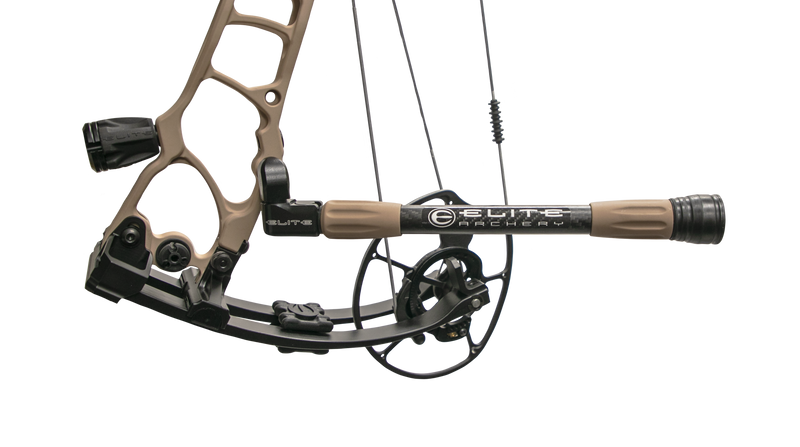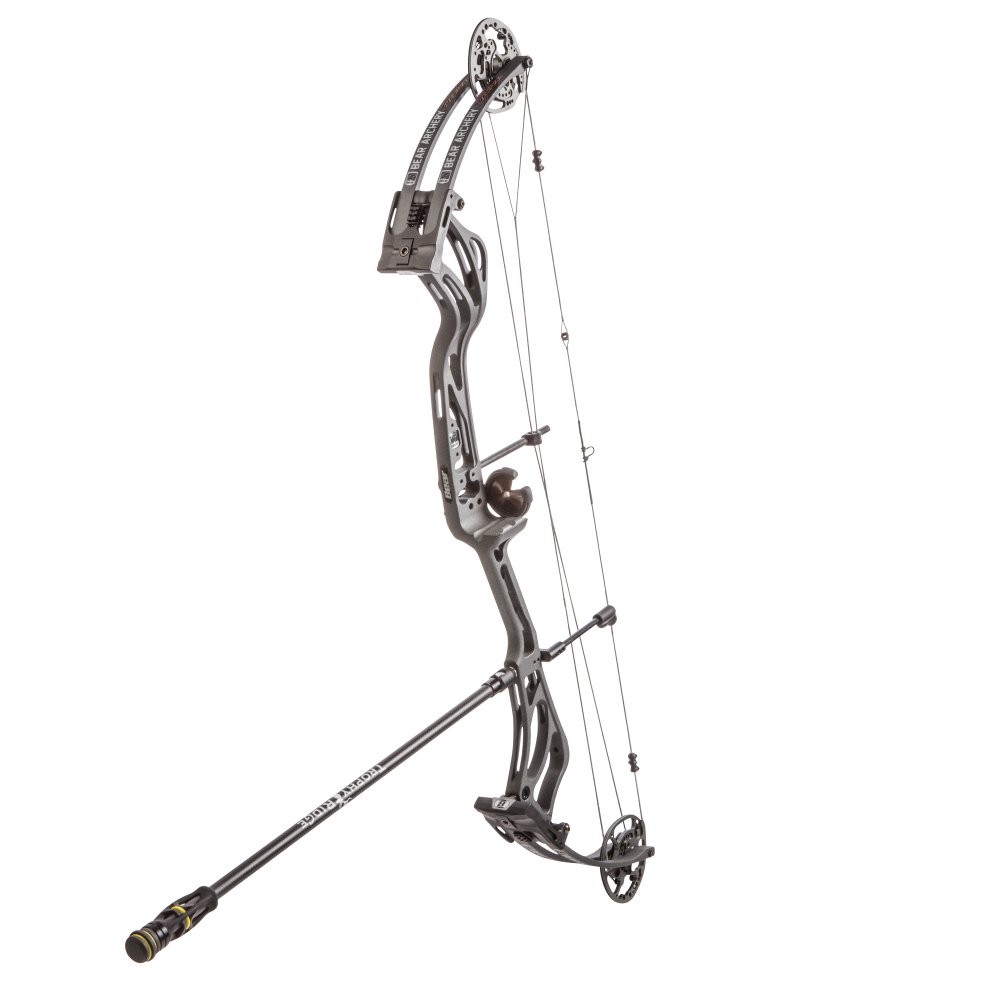Optimizing Your Archery Performance With the Right Compound Bow Stabilizer: an Extensive Overview
One vital yet often-overlooked element in boosting precision is the substance bow stabilizer. By comprehending the subtleties of picking and enhancing a substance bow stabilizer, archers can tweak their devices to raise their shooting experience to brand-new levels of effectiveness and control.
Value of Bow Stabilizers in Archery

Furthermore, bow stabilizers aid in balancing the weight circulation of the bow, which can improve the archer's stability while intending and firing. By adding weight to the front of the bow, stabilizers can lower the quantity of torque experienced upon release, leading to a smoother and much more controlled shot - compound bow stabilizer. This weight circulation additionally aids in holding the bow stable for a longer period, permitting the archer to intend extra accurately
Sorts Of Substance Bow Stabilizers
When taking into consideration the different kinds of substance bow stabilizers available, it is vital to understand their unique functions and features to figure out one of the most ideal choice for making the most of archery performance. One of the most typical kinds of substance bow stabilizers include sidebar stabilizers, front stabilizers, and back stabilizers. Sidebar stabilizers attach to the sides of the riser and aid in balancing the bow during the intending procedure. Front stabilizers, additionally referred to as long poles, are connected to the front of the riser and help in taking in and decreasing any type of vibrations caused by the release of the arrow, hence boosting accuracy. Back stabilizers, likewise called back stabilizers, are mounted to the rear of the bow and help in counteracting the weight of other devices, resulting in improved security and consistent aiming. In addition, some stabilizers feature flexible weights that enable archers to adjust the equilibrium and feel of their bows according to their preferences, making them functional alternatives for archery fanatics of all degrees.
Aspects to Think About When Choosing
In examining compound bow stabilizers, comprehending the distinctive attributes and features of each kind is vital for making a notified choice on the most ideal alternative to improve archery efficiency. When selecting a stabilizer, one need to consider the weight of the stabilizer itself. By very carefully assessing these elements, archers can pick a substance bow stabilizer that lines up with their shooting design and optimizes their total efficiency on the archery range.
Installment and Change Tips
For optimal efficiency and precision in archery, understanding the setup and adjustment of your bow stabilizer is essential. Proper installation starts with attaching the stabilizer to the bow's riser, guaranteeing it is securely secured.
When changing the stabilizer, start with small step-by-step modifications instead than drastic changes. Pay interest to just how the bow reacts to modifications in stabilizer setups and make adjustments accordingly. Regularly inspect the stabilizer's tightness and total condition to ensure it proceeds to function optimally.
Upkeep and Care Standards

When not in usage,It click here for more info is likewise crucial to store your bow with the stabilizer in a secure and safe and secure place. compound bow stabilizer. Stay clear of leaving it in extreme temperatures or revealed to guide sunlight for prolonged durations, as this might create damage to the stabilizer. Occasionally inspect the stabilizer's positioning to guarantee it is still correctly positioned on your bow. Adhering to these maintenance and care guidelines will help you get the most out of your bow stabilizer and improve your total archery performance.
Conclusion
In verdict, selecting the right substance bow stabilizer is important for making the most of archery performance. Understanding the value, kinds, aspects to take into consideration, installment and change ideas, as well as maintenance and treatment standards can considerably influence one's precision and consistency in capturing. By picking a stabilizer that fits individual needs and choices, archers can enhance their general performance and achieve much better results on the range or in competitors.
Bow stabilizers play an important role in enhancing an archer's precision and uniformity by minimizing vibrations and stabilizing the bow throughout the launch of an arrowhead - compound bow stabilizer.Furthermore, bow stabilizers help in balancing the weight circulation of the bow, which can enhance the archer's security while shooting and intending. The most typical kinds of compound bow stabilizers include sidebar stabilizers, front stabilizers, and back stabilizers. Back stabilizers, additionally called back stabilizers, are placed to the back of the bow and aid in reversing the weight of other devices, resulting in boosted stability this page and stable intending. When choosing a stabilizer, one have to consider the weight of the stabilizer itself